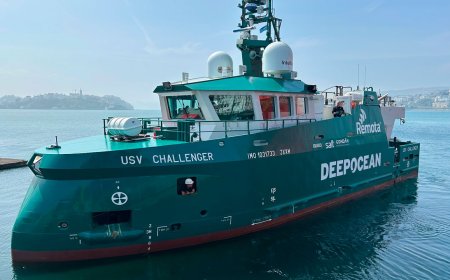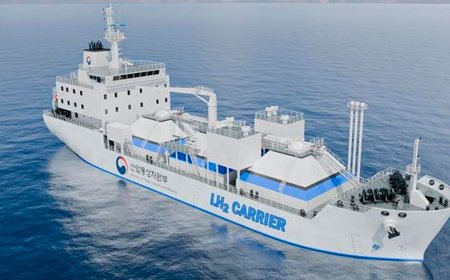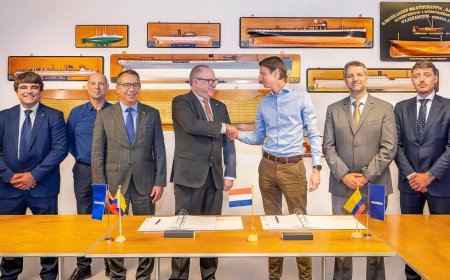Big Data in Autonomous Shipping
In 2018, the Club launched the first of its kind in the world dedicated autonomous vessel P&I policy.
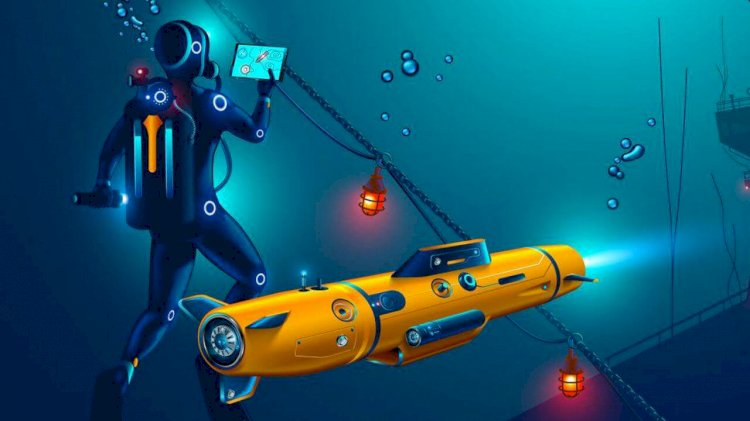
The Club consulted owners, operators and manufacturers of autonomous vessels to ensure they had the right cover in place so that Members can focus on their operations knowing they are appropriately covered if anything should go wrong. Two Shipowners’ Club members demonstrated that autonomous shipping is steadily moving into the realms of commercial application.
Club’s initial UK based member, Hushcraft designed and built the SEA-KIT™ vessel (registered as USV Maxlimer, MMSI 232010486). SEA-KIT™ has been designed to be the first unmanned mother-ship for Remote vehicles such as Large AUVs or ROVs.
This unique ability allows for missions such as deep water bathymetry or mine clearance without placing any human personnel in harm's way and at significantly reduced costs compared to traditional manned vessels.
SEA-KIT's Long-Range and Long-Endurance capability means that extended missions can be undertaken in a solo capacity or as part of a larger group of manned or unmanned vessels. SEA-KIT™ is currently developing automatic AUV charging to allow multiple missions to be undertaken without human interaction. Data can be transmitted via Broadband link or via satellite following on-board processing and compression. Alternatively data can be stored on-board for retrieval at a later date if required.
SEA-KIT™ can also be fitted with various sensor for Bathymetry or other scanning. These include Multi-beam Echo Sounding equipment. Security & Surveillance Capability SEA-KIT™ can be configured to perform unmanned missions for:
• Fire-fighting
• Environmental Response
• EM Surveillance
• Visual Surveillance
• Compliance Monitoring
• Vessel Interdiction
The Long-Endurance of SEA-KIT™ allows for a vessel to be placed on station for an extended period of time and to be brought into action as circumstances require. As an unmanned asset, SEA-KIT™ can be placed into situations where a commander would hesitate to send a manned vessel. In the case of toxic events or other scenarios where there is a hazard to human heath and well-being, SEA-KIT™ can be utilised to gather information for situational awareness and decision making using either Visual, IR or other sensors or be used to act decisively at an early stage to limit an unfolding situation.
SEA-KIT recently completed an unmanned voyage from the UK to Belgium carrying a cargo of oysters. The vessel departed from West Mersea in Essex and arrived at Oostende port in Belgium on 7 May. It was welcomed by Belgian customs officers who took delivery of a box of oysters caught around Mersea Island. The voyage, which lasted 22 hours, represents the first commercial crossing of the North Sea by an autonomous vessel, and marks a significant breakthrough in unmanned ocean transit. Its success showcased un-crewed navigation capabilities through GPS and satellite communication, including marine traffic avoidance in what is one of the world’s busiest shipping routes.
The team of subsea engineering firm Soil Machine Dynamics Ltd and Newcastle University, named Team Tao, developed a cost-effective platform. This will enable rapid access to their ocean’s vital signs, using a CubeSat-like philosophy to change the way to collect and understand ocean data.
There are two main components in compact autonomous platform: The BEMs (Bathypelagic Excursion Module), a swarm of vertically swimming AUVs and the surface vessel, a 'vending machine' style autonomous surface catamaran that is responsible for the horizontal transit, data handling and comms. At the heart of the system is a swarm of subsea drones.
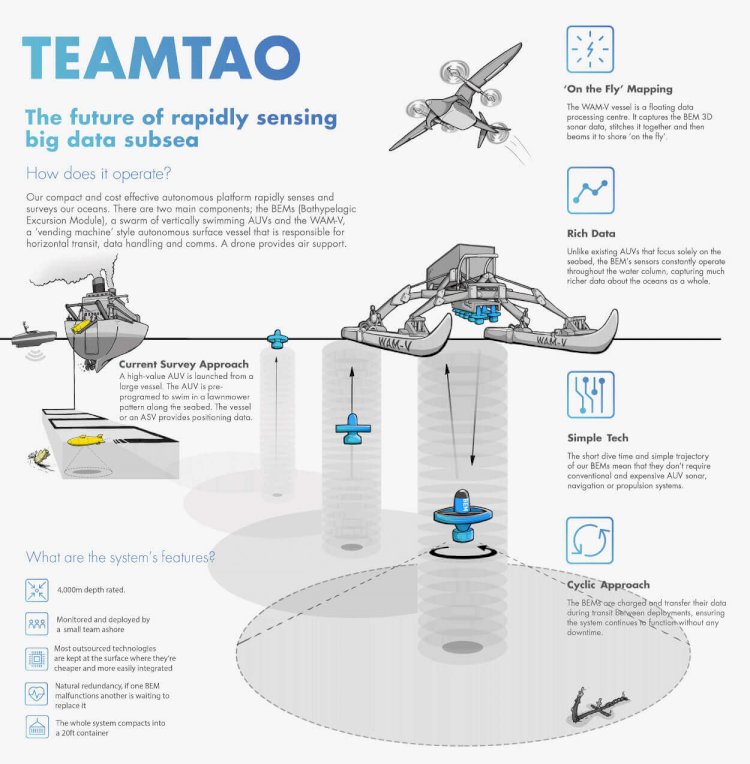
Photo: Team Tao
Combining expertise in subsea engineering, acoustics and material science, Team Tao testing and validating a step-change in AUV technologies to make deep sea data rapidly attainable and affordable.
